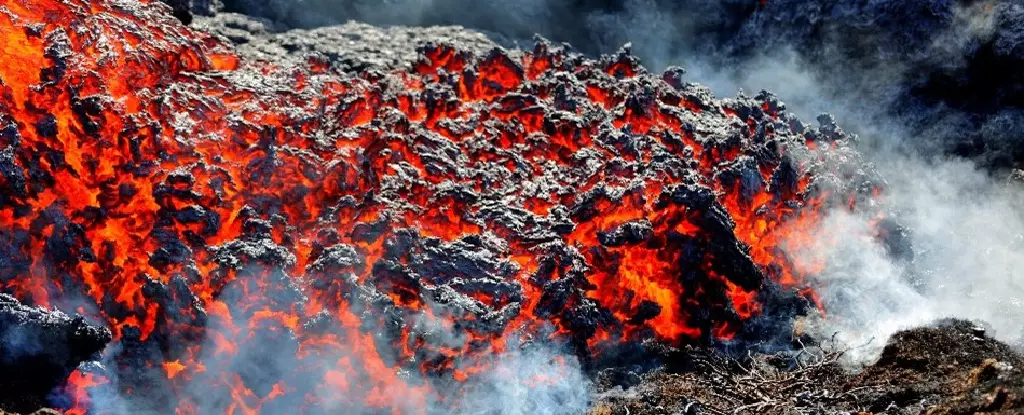In recent years, the volcanoes on Iceland’s Reykjanes Peninsula have shown signs of renewed activity after nearly 800 years of dormancy. Researchers have discovered a shallow pool of magma just 10 kilometers below the surface, fueling a series of eruptions since 2021. Geologists like Valentin Troll from Uppsala University in Sweden have warned that the volcanic activity may continue for years or even decades to come, based on comparisons with historical events.
Troll and his colleagues used seismic wave data to map the subsurface of the Reykjanes Peninsula, particularly focusing on the eruption zones of the Fagradalsfjall volcanic system and Sundhnúkur. The research revealed a connected magma plumbing system that links the two volcanic systems, with a shared magma pool likely forming between 2002 and 2020. This pool continues to supply magma to surface fissures and vents, posing a long-term threat to the region.
With the identification of the magma source, authorities can now monitor and prepare communities for potential eruptions. Evacuations may become more frequent, disrupting daily life but ensuring the safety of residents in the area. Infrastructure like geothermal power plants and carbon sequestration facilities are at risk of damage from ongoing eruptions, highlighting the need for increased vigilance and preparedness.
As Iceland sits atop the Mid-Atlantic Ridge, a tectonic plate boundary, the country has a history of volcanic activity. However, the recent surge in eruptions may indicate a new phase of persistent volcanic activity. Volcanologist Ilya Bindeman from the University of Oregon stresses the importance of continued monitoring to understand the frequency and duration of future eruptions. Nature’s unpredictability makes it essential to stay vigilant and informed.
The reawakening of Iceland’s volcanoes on the Reykjanes Peninsula serves as a stark reminder of the Earth’s ever-changing landscape. While the potential for eruptions may disrupt daily life and endanger critical infrastructure, it also offers scientists a unique opportunity to study volcanic processes in real-time. By working together to monitor and prepare for future events, we can mitigate the impact of volcanic activity and ensure the safety of those living in the region.


Leave a Reply